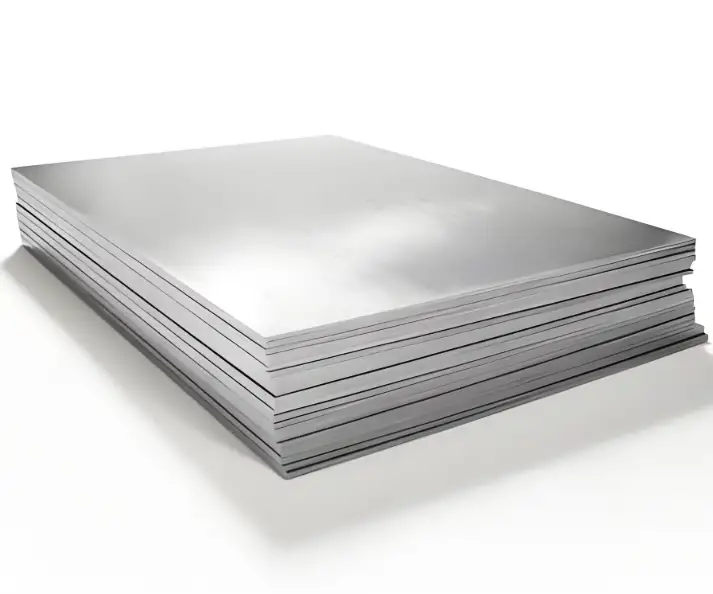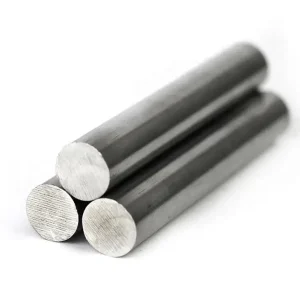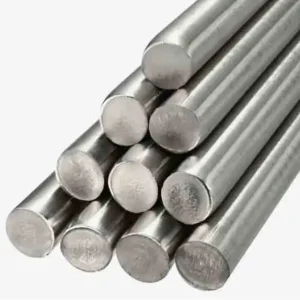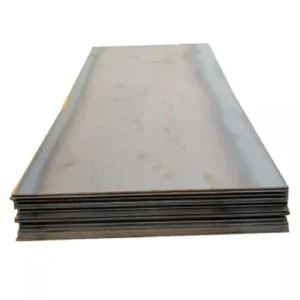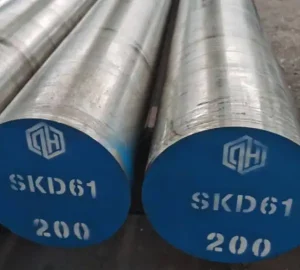MWalloys offers ASTM A36 Carbon Steel Plates, a versatile and highly reliable material designed for a wide range of industrial and construction applications. Known for its excellent weldability, machinability, and ability to withstand stress, ASTM A36 steel is widely used in the manufacturing of bridges, buildings, and other infrastructure projects. With MWalloys' commitment to quality, you can trust that our ASTM A36 plates meet stringent standards, ensuring longevity and reliability in demanding environments.
What is ASTM A36 Carbon Steel
ASTM A36 Carbon Steel is a standard specification for carbon steel plates used in riveted, bolted, or welded construction of bridges and buildings. The material is highly versatile, ensuring durability while maintaining ease of fabrication and affordability. It is commonly chosen for its combination of good strength, toughness, and excellent welding characteristics, which make it suitable for a wide range of construction and manufacturing projects.
Specifications and Standards
The ASTM A36 standard, established by the American Society for Testing and Materials (ASTM), defines the requirements for carbon steel plates used in various structural applications. The specification covers the chemical composition, mechanical properties, and dimensional tolerances that ensure the steel plate's reliability and quality.
| Parameter | Specification | Notes |
|---|---|---|
| Scope | Structural carbon steel plates for bridges, buildings, machinery, and general construction | Excludes pipes, bars, or specialty alloys |
| Conflict Priority | 1. Purchase Order > 2. Product Spec > 3. ASTM A36 | Mandatory tests cannot be waived |
| Unit Systems | • Imperial (A36): inch-lb • Metric (A36M): SI units • ⚠️ Systems must be used independently |
Mixing units voids compliance |
| Key Advantages | • Excellent weldability & machinability (100% rating) • Cost-effective for static structures • No low-temp impact requirements |
Unsuitable for cryogenic/dynamic loads |
Chemical Composition
(Finished product analysis, wt%)
| Element | Min | Max | Permissible Variation | Role |
|---|---|---|---|---|
| Carbon (C) | - | 0.25% | ±0.01% | Strength/hardenability control |
| Manganese (Mn) | 0.80% | 1.20% | ±0.05% | Deoxidation, tensile strength |
| Phosphorus (P) | - | 0.04% | ±0.005% | Reduces ductility (strictly limited) |
| Sulfur (S) | - | 0.05% | ±0.005% | Weldability risk |
| Copper (Cu) | 0.20% | - | ±0.02% | Optional for corrosion resistance |
| Silicon (Si) | - | 0.40% | ±0.03% | Deoxidizer (optional) |
Mechanical Properties
*(Hot-rolled condition, thickness ≤200mm)*
| Property | Imperial Value | Metric Value | Test Standard |
|---|---|---|---|
| Yield Strength | ≥36,000 psi | ≥250 MPa | ASTM E8/E8M |
| Tensile Strength | 58,000–80,000 psi | 400–550 MPa | ASTM E8/E8M |
| Elongation (200mm) | ≥20% | ≥20% | - |
| Brinell Hardness | 119–159 BHN | 119–159 BHN | ASTM E10 |
| Rockwell B Hardness | 64–78 HRB | 64–78 HRB | ASTM E18 |
💡 Thickness Impact: For plates >200mm, yield strength drops to ≥220 MPa (32,000 psi).
Dimensional Tolerances
*(Per ASTM A6/A6M-2024)*
| Parameter | Tolerance (Thickness ≤6mm) | Tolerance (Thickness >6mm) | Critical Notes |
|---|---|---|---|
| Thickness | ±0.15 mm (±0.006") | ±10% of nominal thickness | Tighter tolerances for precision apps |
| Width | ±3 mm (±0.12") | ±5 mm (±0.2") | |
| Length | ±10 mm (±0.4") | ±15 mm (±0.6") | |
| Flatness | 5 mm/m max | 3 mm/m max | Mill finish only |
Common Sizes & Theoretical Weight Tables
Plate Dimensions (Hot-Rolled)
(Standard mill sizes)
| Thickness | Width | Length | Weight (kg/m²) | Weight (lb/ft²) |
|---|---|---|---|---|
| 6 mm (0.24") | 1500–4000 mm | 6000–12000 mm | 47.1 | 9.65 |
| 12 mm (0.47") | 2000–4000 mm | 6000–12000 mm | 94.2 | 19.3 |
| 25 mm (1") | 2000–3900 mm | 6000–14000 mm | 196.3 | 40.2 |
| 35 mm (1.38") | 1600–3500 mm | 6000–12000 mm | 274.8 | 56.3 |
| 50 mm (2") | 1250–3000 mm | 6000–10000 mm | 392.5 | 80.4 |
Weight Calculation Formula
-
Metric: Weight (kg) = Length (m) × Width (m) × Thickness (mm) × 7.85
-
Imperial: Weight (lb) = Length (ft) × Width (ft) × Thickness (in) × 9.7
Example: 6m × 1.5m × 10mm plate = 6 × 1.5 × 10 × 7.85 ≈ 706.5 kg
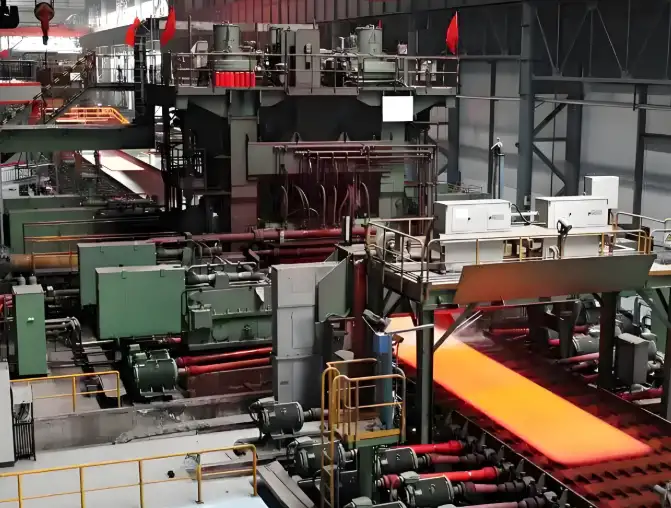
ASTM A36 Structural Shapes (Supplementary)
(Beams, angles, channels)
| Type | Model | Dimensions (mm) | Weight (kg/m) | Yield Strength |
|---|---|---|---|---|
| Angle (L) | L50×50×3.2 | 50×50×3.2 | 2.36 | ≥250 MPa |
| Channel (C) | C15×40 | 381×89×13.2×16.5 | 60.0 | ≥250 MPa |
| I-Beam (S) | S12×50 | 305×139×17.4×16.7 | 74.3 | ≥250 MPa |
Processing & Engineering Guidelines
| Aspect | Specification |
|---|---|
| Delivery Condition | Hot-rolled, controlled rolling, or normalized |
| Cutting | Flame cutting (up to 400mm thickness), laser, or mechanical sawing |
| Welding | No preheat required for thickness <20mm; use SMAW, GMAW, or FCAW |
| Corrosion Protection | • Hot-dip galvanizing (ASTM A123) • Epoxy coating (indoor/outdoor) |
| Certification | Mill Test Reports (MTRs) with heat analysis and mechanical properties |
-
Tolerance Overrides: For aerospace/defense projects, specify EN 10029 Grade B tolerances in purchase orders.
-
Z-Direction Performance: Optional Z15/Z25/Z35 grades for anti-lamellar tearing in welded joints.
-
Surface Defects: Scratches ≤0.1mm depth allowed; deeper defects require grinding within thickness tolerance.
-
Weight Optimization: Use metric formula (7.85 multiplier) for ISO projects; imperial (9.7) for North America.
-
Corrosion Warning: A36 has low corrosion resistance—avoid prolonged exposure to moisture without protection.
Fabrication and Welding
One of the key reasons ASTM A36 is preferred in the construction industry is its excellent weldability. This steel plate can be welded using all common welding techniques, including Shielded Metal Arc Welding (SMAW), Gas Tungsten Arc Welding (GTAW), and Flux-Cored Arc Welding (FCAW). Furthermore, the material's low carbon content makes it resistant to cracking during welding, ensuring smooth and reliable welds.
Global Price Comparison 2025
The cost of ASTM A36 steel can vary depending on the region and market conditions. Below is a general price comparison for ASTM A36 steel plates in major markets:
| Region | Price Range (per ton) |
|---|---|
| USA | $600 - $700 |
| China | $550 - $650 |
| India | $500 - $600 |
| Europe | $650 - $750 |
These prices fluctuate based on global supply chains, demand, and raw material costs. MWalloys offers competitive pricing, ensuring that customers receive high-quality products at fair prices.
Quality Control and Testing
At MWalloys, we adhere to stringent quality control processes to ensure our ASTM A36 steel plates meet the highest standards. Each plate undergoes thorough testing for mechanical properties, chemical composition, and dimensional accuracy. We conduct the following tests to ensure quality:
-
Tensile Test: To measure the material’s strength and elasticity.
-
Impact Test: To determine the toughness of the steel.
-
Chemical Analysis: To confirm the precise composition of the alloy.
MWalloys' Manufacturing Process
Our manufacturing process for ASTM A36 Carbon Steel Plates involves state-of-the-art equipment and skilled technicians. We begin by sourcing the highest quality raw materials, followed by a series of forging and rolling processes to achieve the desired thickness and dimensions. After the plates are formed, they undergo heat treatment and are tested for mechanical properties. We then cut the plates to size, ensuring precision and quality for each order.
Why Choose MWalloys for Your ASTM A36 Steel Plate Needs?
MWalloys is a trusted name in the steel industry, known for providing high-quality materials and exceptional customer service. Our ASTM A36 Carbon Steel Plates offer outstanding durability, excellent weldability, and superior strength, making them the ideal choice for a variety of applications. We pride ourselves on our attention to detail and commitment to quality, ensuring that each product we supply meets the highest standards of excellence.
FAQs
1. What is ASTM A36 Carbon Steel Plate?
ASTM A36 Carbon Steel Plate is a widely used structural steel that is known for its excellent weldability, machinability, and versatility in construction and manufacturing. This steel grade conforms to the American Society for Testing and Materials (ASTM) A36 standard, providing a reliable solution for a variety of applications, including bridges, buildings, and heavy machinery.
2. What are the key mechanical properties of ASTM A36 Steel?
ASTM A36 Steel offers a yield strength of 36,000 psi and tensile strength ranging between 58,000 to 80,000 psi. Additionally, it has good elongation (20% minimum in 8”) and is known for its excellent weldability. These properties make it a highly durable material suitable for structural applications in challenging environments.
3. How does ASTM A36 compare to other steel grades like A572 or A992?
While ASTM A36 is commonly used in construction, it has lower strength compared to grades like A572 or A992. A572 provides higher tensile strength, and A992 offers improved yield strength. However, ASTM A36 remains the preferred choice for many applications due to its affordability, ease of fabrication, and good weldability, making it ideal for a range of structural applications.
4. Can ASTM A36 Carbon Steel be welded easily?
Yes, ASTM A36 Carbon Steel has excellent weldability due to its low carbon content. It can be welded using various techniques, including MIG, TIG, and Stick welding, without the risk of cracking. This makes it a highly versatile material for a variety of structural and industrial applications.
5. What are the common uses of ASTM A36 Carbon Steel Plate in construction?
ASTM A36 Steel is commonly used in structural applications such as the construction of bridges, buildings, and industrial machinery. It is also used in manufacturing heavy-duty components like frames, supports, and structural beams. Its combination of affordability and strength makes it ideal for both commercial and industrial construction projects.
6. What is the price range for ASTM A36 Steel Plates?
The price of ASTM A36 Carbon Steel Plates varies depending on the region and the supplier. On average, prices range from $550 to $750 per ton, depending on market conditions and order volume. For competitive pricing and premium quality, MWalloys offers excellent value for businesses looking for reliable steel products.

